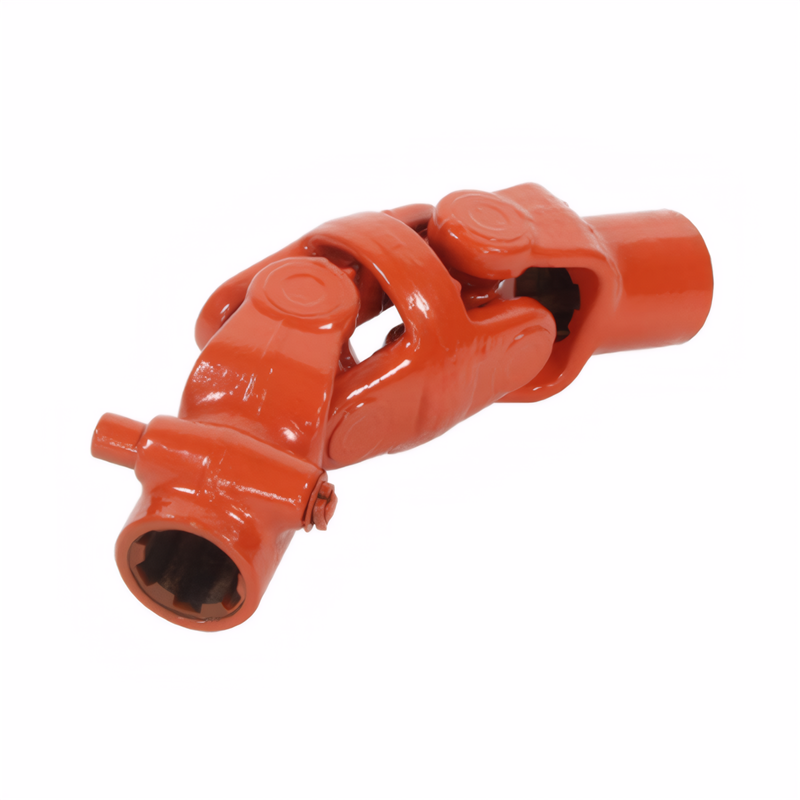The applicable vehicle models for integral drive shafts
Applications of One-Piece Transmission Shafts in Automotive Engineering
One-piece transmission shafts represent a traditional yet effective drivetrain component design, offering distinct advantages in specific vehicle configurations. Their simplified construction and robust performance characteristics make them suitable for various automotive applications.
Light-Duty Passenger Vehicles with Conventional Layouts
The most common application for one-piece transmission shafts appears in front-engine rear-wheel-drive (FR) passenger cars with relatively short wheelbases. These vehicles typically feature compact drivetrain packaging where the distance between the transmission output and differential input remains within manageable limits.
Structural Efficiency in Compact Designs
In vehicles like small sedans and coupes, the straight-line power transmission path enabled by one-piece shafts reduces mechanical complexity and potential failure points. The absence of intermediate joints or couplings minimizes torsional deflection under load, ensuring consistent power delivery to the driven wheels. This design proves particularly effective in urban driving conditions with frequent stop-and-go traffic, where the shaft operates within its optimal rotational speed range.
Certain Mid-Size Commercial Vehicles with Fixed Drivetrain Geometry
Some mid-size commercial vans and light trucks also utilize one-piece transmission shafts, particularly those with dedicated cargo configurations and stable load distributions. These vehicles often maintain consistent drivetrain angles during normal operation, eliminating the need for articulating joints found in segmented designs.
Load-Bearing Capacity in Stationary Applications
In stationary or slow-moving commercial vehicles like delivery vans, the one-piece shaft's rigid construction provides superior load-bearing capabilities. The solid steel or alloy construction can withstand constant torque loads without the fatigue concerns associated with flexible couplings. This reliability is crucial for vehicles making multiple daily stops with frequent engine start-stop cycles.
Performance-Oriented Sports Cars with Optimized Powertrains
High-performance sports cars with mid-engine or rear-engine layouts frequently employ one-piece transmission shafts to maximize power transfer efficiency. These vehicles prioritize minimizing drivetrain losses and rotational inertia to achieve rapid acceleration and precise handling characteristics.
Precision Engineering for Dynamic Performance
The manufacturing process for these shafts involves advanced balancing techniques to eliminate vibrations at high rotational speeds exceeding 6,000 RPM. Some implementations incorporate lightweight materials like carbon fiber composites to reduce mass while maintaining torsional stiffness. This combination of low inertia and high strength enables sports cars to achieve sub-4-second 0-60 mph acceleration times while maintaining drivetrain durability.
 The process of balance correct
The process of balance correct
 The replacement steps of the i
The replacement steps of the i
 The tightening torque of the d
The tightening torque of the d
 The inspection method for the
The inspection method for the
 简体中文
简体中文 English
English
